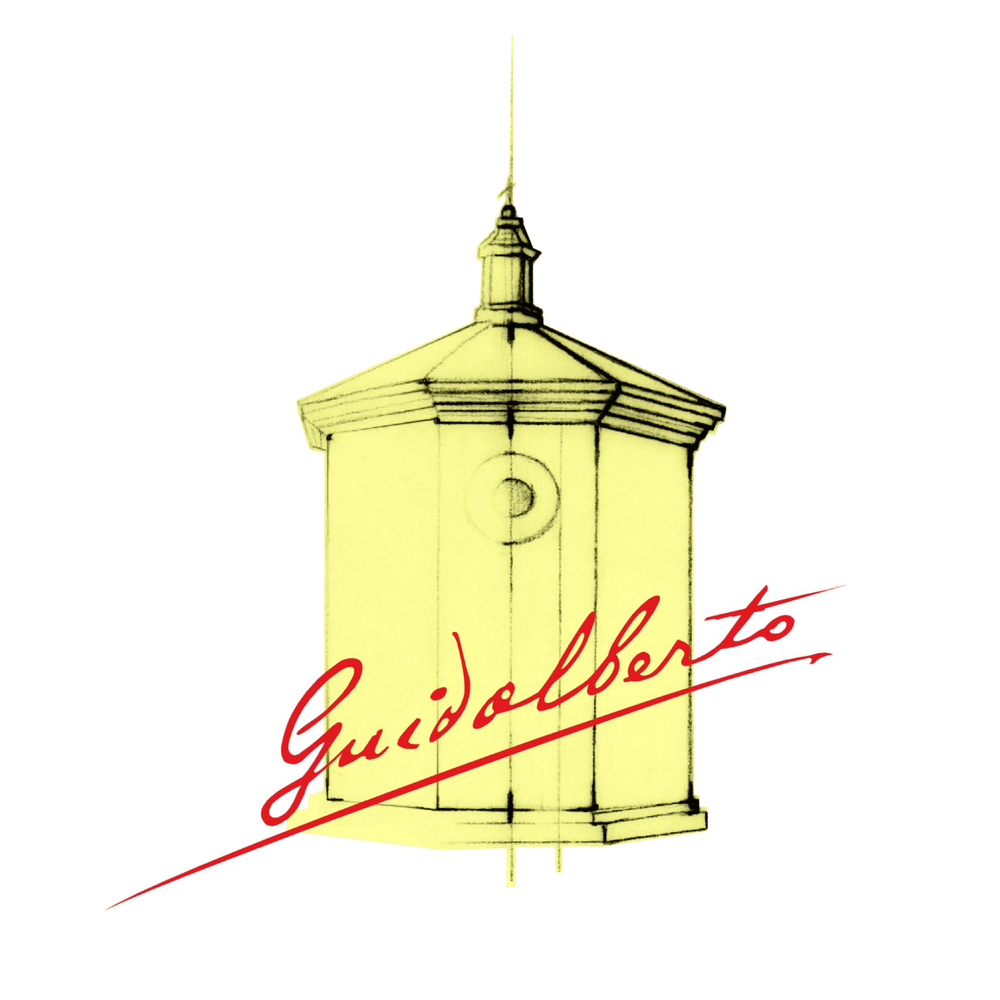Data Sheet
GUIDALBERTO 2010
CLASSIFICATION
IGT - Toscana
FIRST VINTAGE ON THE MARKET
2000
GRAPES
Cabernet Sauvignon, Merlot

Guidalberto
SOIL STYLE
The soils on which the vineyards stand has varied and complex terrain features with a strong presence of limestone, feature areas rich in marl and pebbles as well as being partly clayey; they sit at an altitude of between 100 and 300 metres above sea level, with a south/south-west exposure.
WEATHER TRENDS
The climate in 2010 was characterised by a long, harsh winter and a rainy, cool spring. The winter was very cold with temperatures below seasonal averages until the end of March, which allowed the vegetative phases of the vine to come to a stop. In mid-March, we had substantial snowfall and spring was also colder than usual, with temperatures below seasonal averages and heavy rainfall until May. This trend led to a delay in flowering and veraison and consequently slower vegetative development. From the first ten days of June, temperatures were in line with the seasonal average, with large temperature fluctuations between day and night that favoured the development of the aromas. The correct development of the plants was aided by a very hot and sunny July and the total absence of rain. While in August, it rained approximately 70 mm without exceeding 32 degrees.
HARVESTING
The harvest lasted longer than the averages of the previous years, with picking beginning towards the end of September and ending in late October.
FERMENTATION
Fermentation took place in temperature-controlled steel vats, with 15 days' maceration for both Merlot and Cabernet Sauvignon.
AGEING
Once malolactic fermentation was complete, the wine was placed in French oak barriques, and a small part in American oak, where it was aged for a period between the 20 and 25 months. The duration of the ageing is technically decided on the basis of the seasonal trend of the vintage.